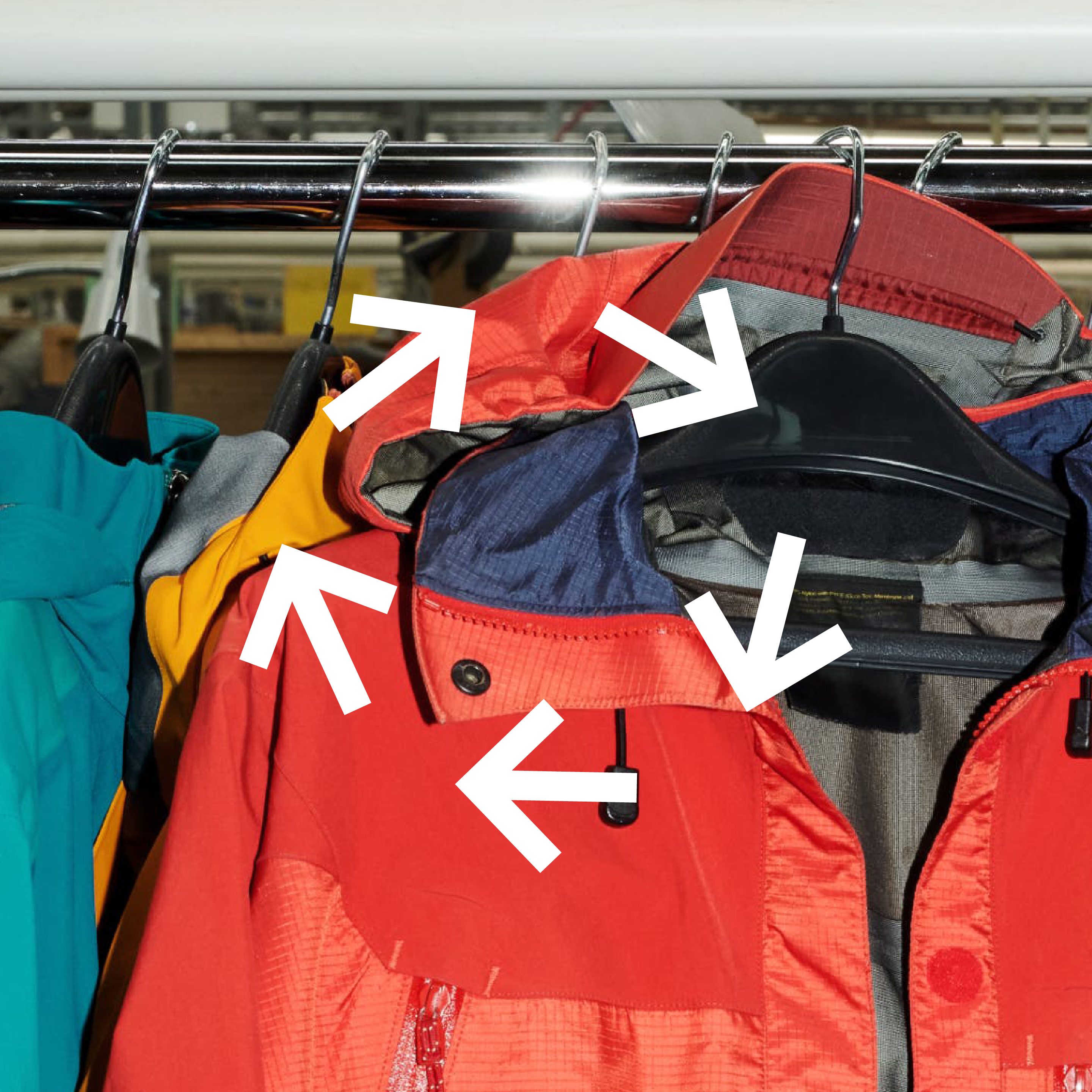Last month our very own CEO and Co-Founder, Amanda Lee Smith, sat down with Wilson Griffin of Recurate and Adam Saraceno of Peak Design to chat about how resale programs operate—and why it’s a step in the right direction for brands looking to make strides in loyalty, growth and sustainability.
Didn’t get a chance to tune in? We’re rounding up our top takeaways and linking you up to watch on-demand.
Recommerce shouldn’t be an afterthought
Understanding where and how a resale program fits within your overall brand narrative will help to develop a strategic focus and strengthen authenticity.
“For brands to capture all of the value that a recommerce program can provide, they need to have a larger strategy—in particular, a marketing strategy and narrative about the role of recommerce for their brand and why it’s something customers should engage in.”
Wilson Griffin, Recurate
Accessible price points can capture new customers
Purchasing a high-ticket item for the first time can be daunting, especially when consumers have no previous experience with the product—but circular fashion is the solution for some. That price difference—and promoting resale on your full-price product description page (PDP)—opens your brand up to a new demographic of customers and gives you the opportunity to make a lasting impression.
“By offering a lower price point through used items you can de-risk that purchase a little bit. But also, if someone buys something and they don’t love it, you’re giving them a way to part with it. That is what we’re seeing with a lot of resale customers who are new to a particular brand.”
Wilson Griffin, Recurate
It takes a village
A successful recommerce program requires a dedicated team to launch and maintain, but it’s worth it (and Recurate exists to simplify the process). From marketing to product to inventory logistics, rallying the right people to bring it all together is essential.
“You need a true ecosystem and network of partners to really create long-lasting, value-driving programs. It really does take multiple players.”
Wilson Griffin, Recurate
It’s a win-win for everybody
Not only does a circularity program give your business the chance to make a sustainable difference, it can also develop a community of brand advocates. In the long run, an easier path to purchasing and reselling will contribute to higher retention rates and new customer acquisition.
“Somewhere along the way, not even really as a sustainability thing, Peter (our founder) thought that we should set up a way to make it easier for people to sell their used stuff…People are already selling on eBay or Craigslist, let’s make it easier for them to do it.”
Adam Saraceno, Peak Design
Start a long-term relationship
Consumers are more aware than ever of where and how they spend their money—and repeat purchase rates feel that impact. But recommerce allows brands to continue offering appealing price points without falling into ‘discount brand’ territory.
“Common knowledge is that it’s cheaper to retain a customer than attract a new customer…but as recession vibes are in the air and people are spending more conservatively, how do you re-engage without constantly discounting? I think resale is actually the way to do that. You can get that second- or third-time buyer—who may not be in a position to buy a new product—to buy a used product.”
Amanda Lee Smith, Monday Creative
Customer data is a gold mine
Understanding your product use cases is non-negotiable. Take a page from Peak Design and reach out to your existing customers to understand how they’re already engaging your product within the pre-owned market.
“We did a big customer survey and asked a bunch of questions about how many people bought and sold used Peak Design stuff on other platforms, and what were their top pain points…Where we finally landed on our top-level messaging was that this is the easiest way to buy and sell used gear.”
Adam Saraceno, Peak Design
Messaging matters
Clarity is key. Customers need to understand opportunities and limitations in a concise way. Aside from understanding their pain points, brands need to really dive into the customer journey to determine when and where to promote branded resale. Another consideration? Geography. If you plan on launching with regional limitations, consider how you can segment your audience while providing them with all the info they need for a seamless experience.
“One thing we do encourage for brands who operate globally is creating segmented marketplaces. So if you have enough of a concentration in Australia for example, you are able to create a closed marketplace in your geography and that does eliminate some of those concerns around sustainability.”
Wilson Griffin, Recurate
It’s a brand play, not a sales play
Here’s the thing: you may not see a revenue boost right away on your circularity journey—nor should you expect to. Ultimately, this move speaks more to your brand ethos—the (re)sales it generates are just an added bonus.
“It was more of a brand play. We knew we were going to invest and that if the revenue offset the costs of building and maintaining this thing, it was probably good.”
Adam Saraceno, Peak Design
‘New’ doesn’t always equal ‘more’
A big misconception around recommerce is that making resale purchases easier means you’re also making blind consumption easier.
Not so. In fact, truly integrating a recommerce program into your brand’s business model allows you to pivot away from relying solely on new products to generate sales and revenue—meaning fewer resources wasted on manufacturing.
“In our experience, customers that are more likely to sell on a recommerce platform, are more likely to buy on a recommerce platform. You start to fall into that ecosystem in a really positive way. Maybe I’m just an optimist, but I don’t think it’s driving up consumption—I think if anything it’s making you more aware of how you buy.”
Amanda Lee Smith, Monday Creative
It’s only just begun
Circularity isn’t going anywhere. Recommerce programs, be it resale, repair or both, are the way forward for brands looking to commit to product, positioning, consumer loyalty—and the future.
“Circularity for brands will be non-negotiable going forward. You won’t have the option anymore because our resources are finite. So there’s a real impetus for doing it right now. I am so excited to see people looking into their supply chain, investing in the development of novel textiles.”
Amanda Lee Smith, Monday Creative







